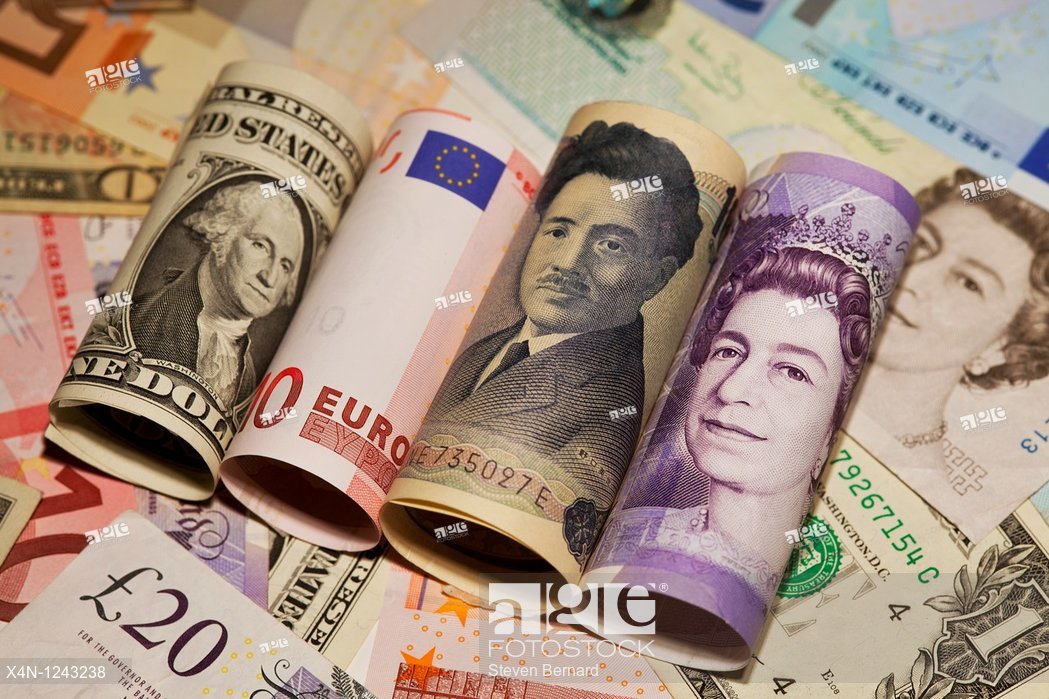Ngeria’s foreign exchange reserves dropped below $34 billion despite the scarcity and acute shortage of foreign currency inflows into the economy, which is barely providing seven months of import cover for an import-dependent economy.
The Weak inflows into the nation’s external reserves, the transmission mechanism to boost FX supply side in the Investors and the Exporters FX window, has become the pressure point for the local currency exchange rate movement.
Analysts maintained that FX reforms would yield fewer results until the CBN offsets a sizeable forex backlog owed to foreign investors. Analysts said that low accretion into external reserves following a series of swap agreements by the monetary authority has been a major downside for the local currency to trade strong against US dollar dominance across foreign exchange markets.
Primary forex inflows drive, oil sales, have been under pressure as Africa’s largest economy by size of gross domestic product (GDP) battles bottlenecks in production volume made available to the global market, including continued oil theft among others. Recent reports however suggest Nigeria could meet the Organisation of Petroleum Exporting Countries and its allies in the latter part of the year.
FMDQ Exchange FX data indicated that Nigerian naira gained 3.24% at the investors’ and exporters’ foreign exchange window amidst seesaw movement in demand and supply levels. A relatively undervalued local currency, according to analysts, had hit N803.90 per United States (US) dollar in the prior week amidst intense import demand by corporates.
The exchange rate worsened as the amount of greenback supplied to the official rate remained below the pre-pandemic period, and there has been a slowdown in market intervention by the Central Bank of Nigeria (CBN). The naira’s exchange rates on the official window and the black market came close to converging last month after the monetary authority loosened trading restrictions on the currency.
The local currency depreciated against the greenback, exchanging at N777.82 at the Investors and Exporters window, gaining 3.24% week on week from N803.90 per greenback. FMDQ FX data record showed that the Naira lost by 1.26 percent when compared with N768.16 it was exchanged for the dollar on Thursday. The open indicative rate closed at N779.58 to the dollar on Friday. A spot exchange rate of N844 to the dollar was the highest rate recorded within the day’s trading before it settled at N777.82.
The naira sold for as low as N700 to the dollar within the day’s trading. A total of 77.99 million US dollars in the official market. The volume of US dollars transacted at forex window still tracking behind the pre-pandemic period record. At the Investors and Exporters window, total turnover declined by 13.2% to US$340.87 million on Thursday, with trades consummated within the N699.50 – N853.00.
Meanwhile, Nigeria’s foreign exchange reserves sustained its downtrend this week, falling by US58.63 million to US$33.98 billion, according to data from the CBN. In the forwards market, Cordros Capital Limited said in its market report that it depreciated by 1.5% across the 1-month contract to N796.35 per US dollar. Also, 3-month forward contract slumped by 0.1% to N807.45 per greenback, and 6-month lost 0.6% to N825.67 while the 1-year contract appreciated by 0.8% to N859.98.
“We expect the currency pressures to remain intact in the near term, given seasonal-induced demand and still frail FX supply despite the CBN’s abolishment of its multiple FX windows”, Cordros Capital said in its macro update. On FX supply, analysts said they expect foreign investors to remain on the sideline in the near term, looking for signals on market interest rates and CBN’s plans to start clearing the existing FX backlogs and boosting foreign currency supply to support the market in the near term.
In the parallel market, the naira depreciated by N50.30 to N865 from N814.70 per $1 at the parallel market as users continued their prowl for ease of dollar access and availability. In an email interview, experts at LSintelligence Associates attribute growing demand at the parallel market to terms and conditions set by the apex bank for deposit money banks to make available dollar requests for personal, and business traveling allowance to customers.
The global oil market rallied amidst weak supply-side expectations. Brent Crude and West Texas Instrument jumped for a fourth straight week. Specifically, there were positive sentiments as China plan to bolster the economy with fiscal stimulus. Thus, oil prices rallied on Friday at $80.79 per barrel. Also, the Bonny Light crude price exhibited an upward trend by 12bps w/w, to close at $81.78 per barrel from $81.88 per barrel in the previous week.














